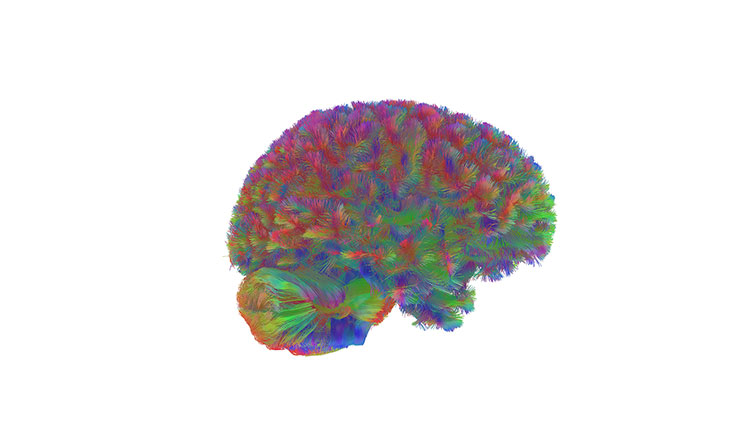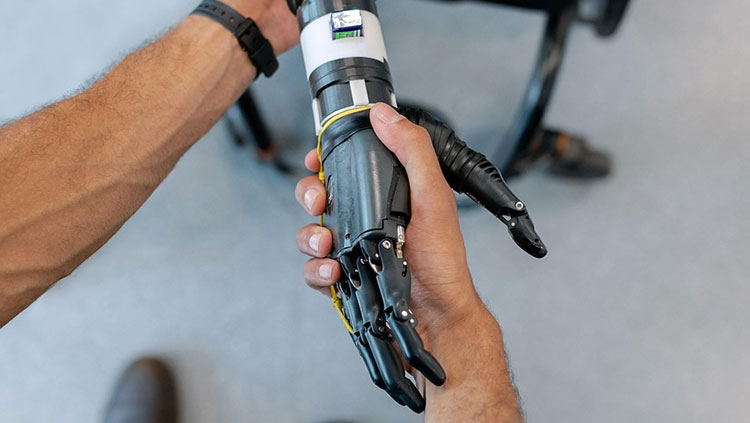ICYMI: These Moths Navigate Using Stars in the Night Sky
- Published15 Jul 2025
- Author Bella Isaacs-Thomas
- Source BrainFacts/SfN
.jpg)
After reaching adulthood each spring, bogong moths embark on a more than 600-mile journey across Australia. They fly to mountainous caves in the country’s southeast to shelter from the summer heat before retracing their steps in the fall to breed on their original grounds. Researchers seeking to understand how the insects pull off this navigational feat confirmed bogong moths use the night sky as a kind of star-studded map, making them the only known invertebrates to do so.
To study this phenomenon, the international team of scientists enclosed moths in a box and deactivated the influence of the planet’s magnetic field, which is known to influence their flight path. Researchers then projected images of a starry sky and recorded the bogongs’ movements. When the projection matched what the moths would see on their real-world journey, they oriented themselves in the direction that would take them to their migration destination. When researchers rotated this projection, the moths adjusted their position accordingly. Moths also became disoriented when presented with a fragmented, irregular star pattern.
Big Picture: Using intracellular probes, researchers identified which neurons in the bogong moths’ brains were active as they viewed and positioned themselves under the starry sky. They discovered specific neurons fired as the moths responded to accurate images of the stars and simulations resembling the Milky Way. A sensory biologist involved with the study told Science his team believes the moths are born with a basic map of the night sky etched into their brains. These creatures are endangered due to myriad existential threats, including climate change. Bogong moths are also burdened by light pollution, which disrupts their ability to perceive crucial celestial cues. But another researcher on the team told NBC News their new finding could help advise efforts to reduce light pollution and ensure these moths have a clearer view of the stars.
Read More: Bogong moths appear to use stars to navigate 600-mile journey, a first for insects. NBC News
More Top Stories
- Researchers implanted a device in frog embryos, allowing them to track brain development and activity in real time as the embryos grew into tadpoles. New Scientist
- Activity levels in the brain’s fusiform gyrus help us determine whether something we see is in the physical world versus something constructed in our imagination. Live Science
- A 3D-printed pen filled with magnetic ink could serve as a diagnostic tool to identify tremors characteristic of Parkinson’s disease. The Guardian
- Mammals living at high elevations — where the cold, dry air features fewer scent molecules — have fewer receptors dedicated to detecting smells and smaller olfactory bulbs compared to ones living closer to sea level. Science
- Middle-aged people at a higher genetic risk for Alzheimer's are more likely to lead robust social lives, which could indicate those with early, subtle signs of the disease nurture close ties with those they lean on for support. BBC Science Focus
- Researchers performed biopsies on brain cancer tissue using tiny nanoneedle patches designed to collect real-time molecular information, confirming cancer in 25 of 27 known cancerous tissue samples. Science News
- A brain-computer interface device designed to translate thoughts into speech for people living with paralysis successfully facilitated communication for a man living with ALS and even matched his intended tone. STAT News
- Neurons in the paraventricular nucleus of the hypothalamus may play a key role in causing sleep and memory problems widely associated with stress. Nature
CONTENT PROVIDED BY
BrainFacts/SfN
References
What to Read Next
Also In Neuroscience in the News
Trending
Popular articles on BrainFacts.org


.jpg)















